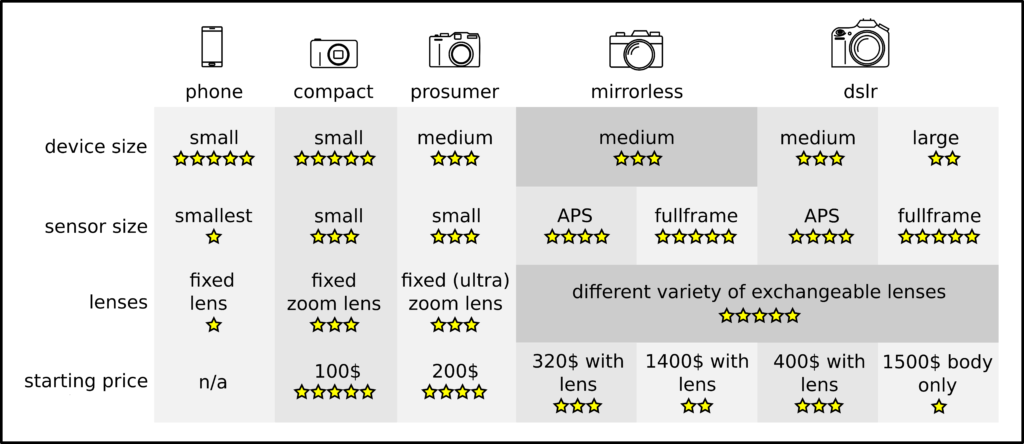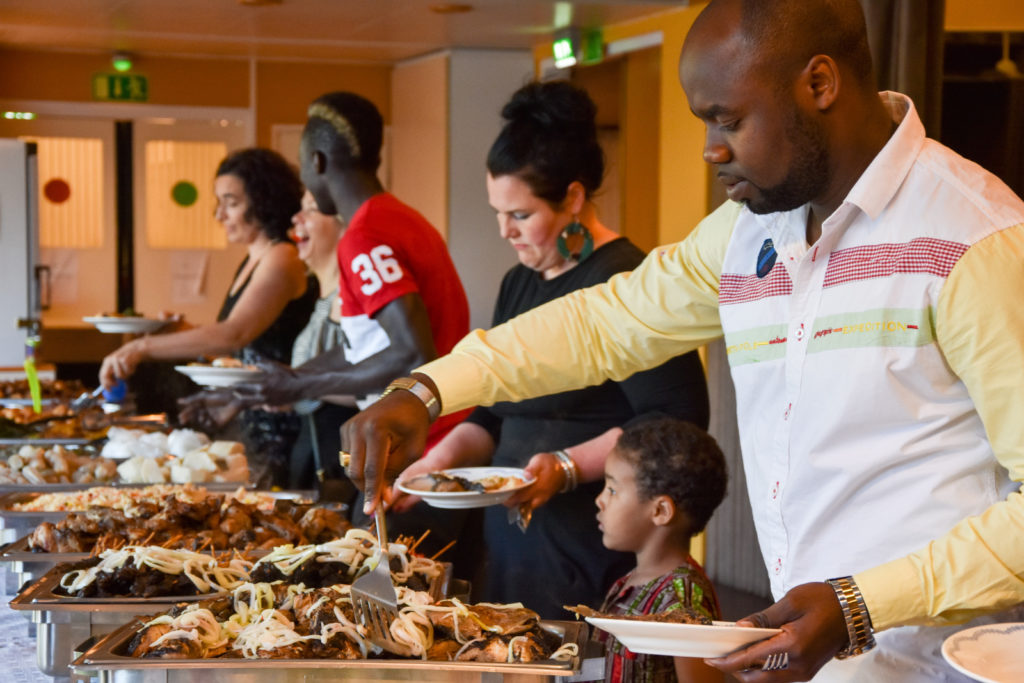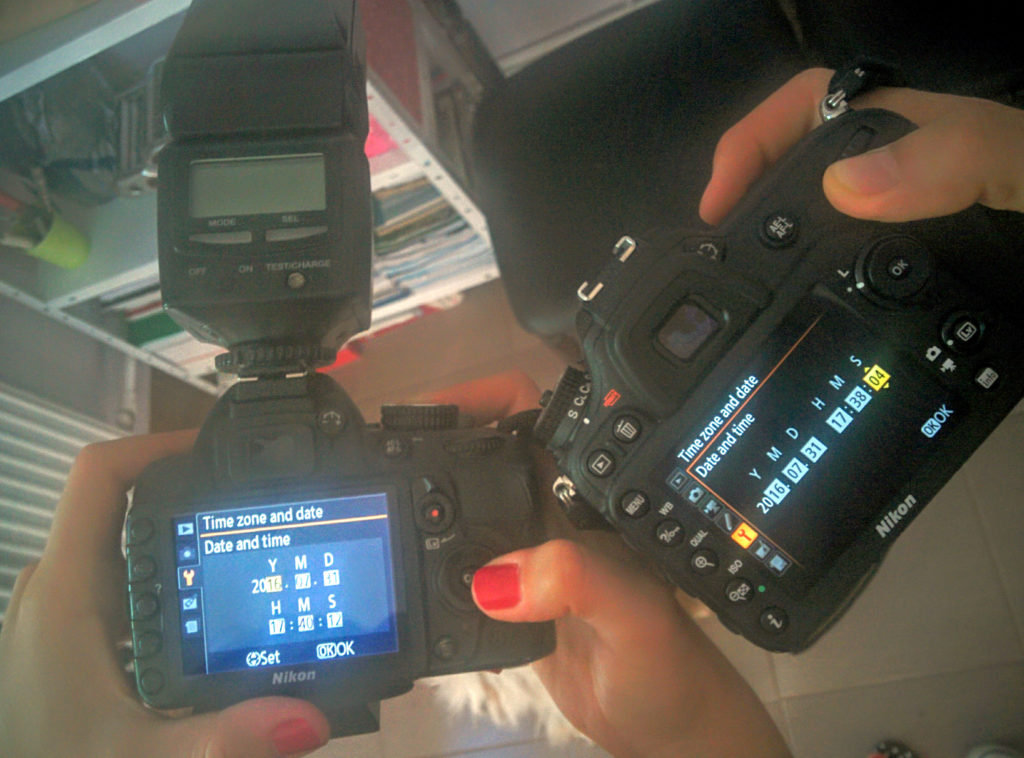Which camera type should you buy?
Recently I noticed that almost all compact cameras are exchanged for phones or big DSLRs. I never actually counted how many people (mostly tourists) are using compacts cameras or DSLRs, or nor I did any statistics, but all these big cameras are somehow eye-catching. It became trendy. So I have decided to ask some proud users of DSLRs (again, tourists and some acquaintances) what is the reason for buying one. Answers were mostly similar and refer to image quality and affordable price.
Now, I really don’t mind someone else carrying big and heavy DSLR around their neck, but let’s see is it really necessary.
It all starts with the light. If there is no light, there is no photo. That’s why it’s important to handle the light properly. We use lenses for that. There are many different types of lenses and they affect the light that is passing through on different ways. Better quality lenses are putting through the light ‘on a better way’ so more information are preserved when the light exits the lens on the other side. And when that happens, the light will hit the sensor. The sensor is a vital component in photo formation process. It ‘reads’ the light which hits it, and transforms it into a digital signals which are later transformed into a file which you can open on your computer. The better sensors ‘reading’ skills, better results. Transformations that come after the reading are also important, but let’s keep this as simple as possible and assume that transformations are always done well and we don’t have to care about it.
So basically you need a good (big) sensor and good lens for good quality photos.
Bigger sensors are better sensors. You can find many topics about that online, but long story short, bigger sensors have better low-light performance (will make less noise in photos with higher ISO), they have better dynamic range and as bigger they become, they make more background blur.
Now let’s check sensor sizes before we continue. Here you have different sensor sizes compared from 1/3.2″ to Medium Format.

And now, DSLRs from the beginning of the story, they do posses bigger sensors (usually APS-C or bigger) than compacts, which makes them quite a good option to buy. They also come with some sort of quality lens, at least better than most compacts. But they are not the only option.
A couple years ago, manufacturers introduced mirrorless interchangeable-lens cameras. These cameras usually have bigger sensors than compacts, and allows you to change lenses. Which is cool! They tend to give you quality of photos as DSLRs do, but they are also tending to be small. Unfortunately the size of the sensor dictates the size of the lenses, so bigger the sensor bigger are lenses.
TLDR, if you want really, really good quality photos, take some mirrorless camera or some DSLR if you don’t mind carrying it all around. Otherwise, if you want something slightly better than your phone photos, take some compact. And if you don’t mind the quality of your phone photos.. well, then you have no problem 🙂
UPDATE: Below you can find a comparison of camera types, cameras and sensor sizes, which might be helpful to illustrate the described situation.




